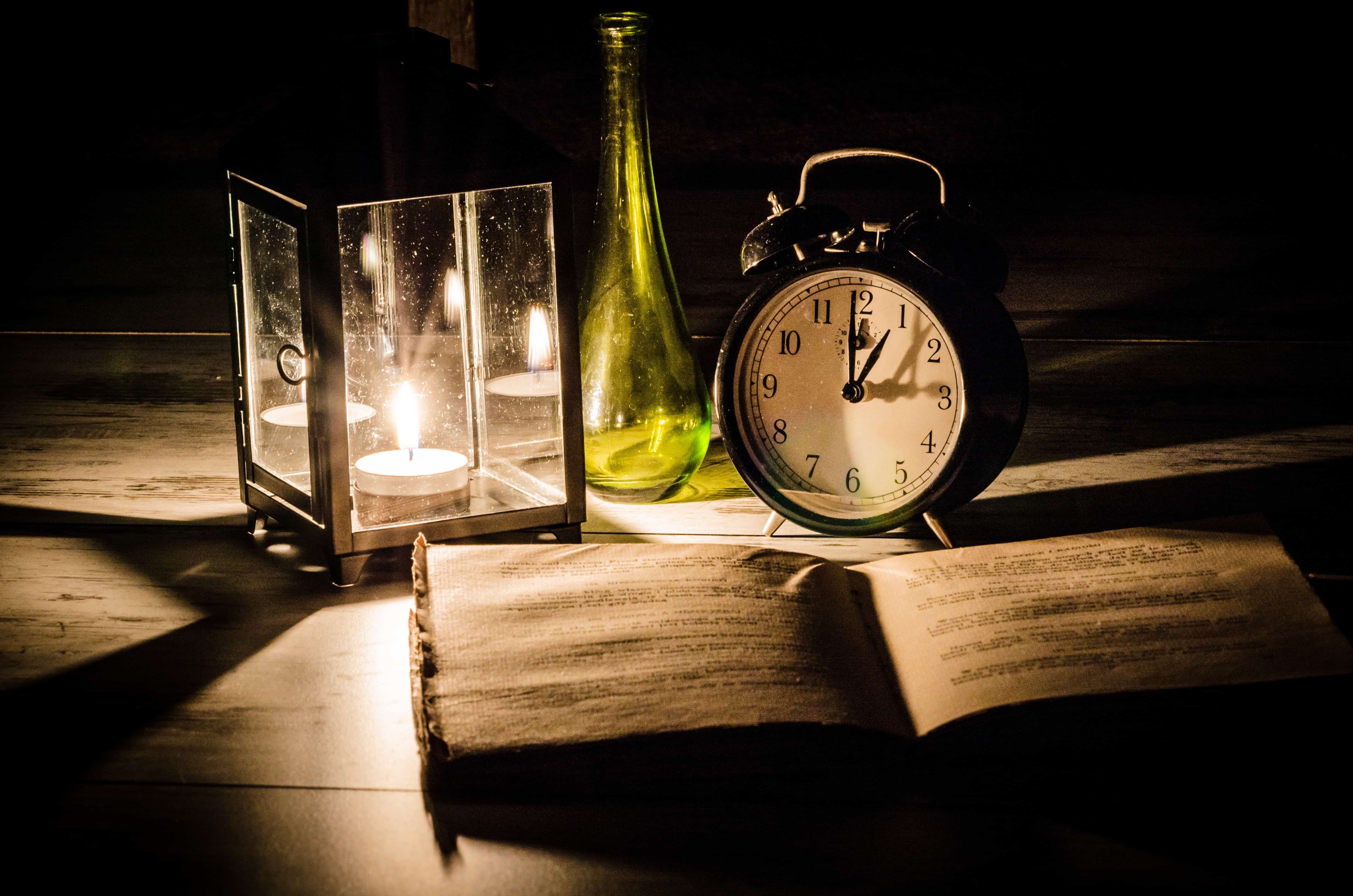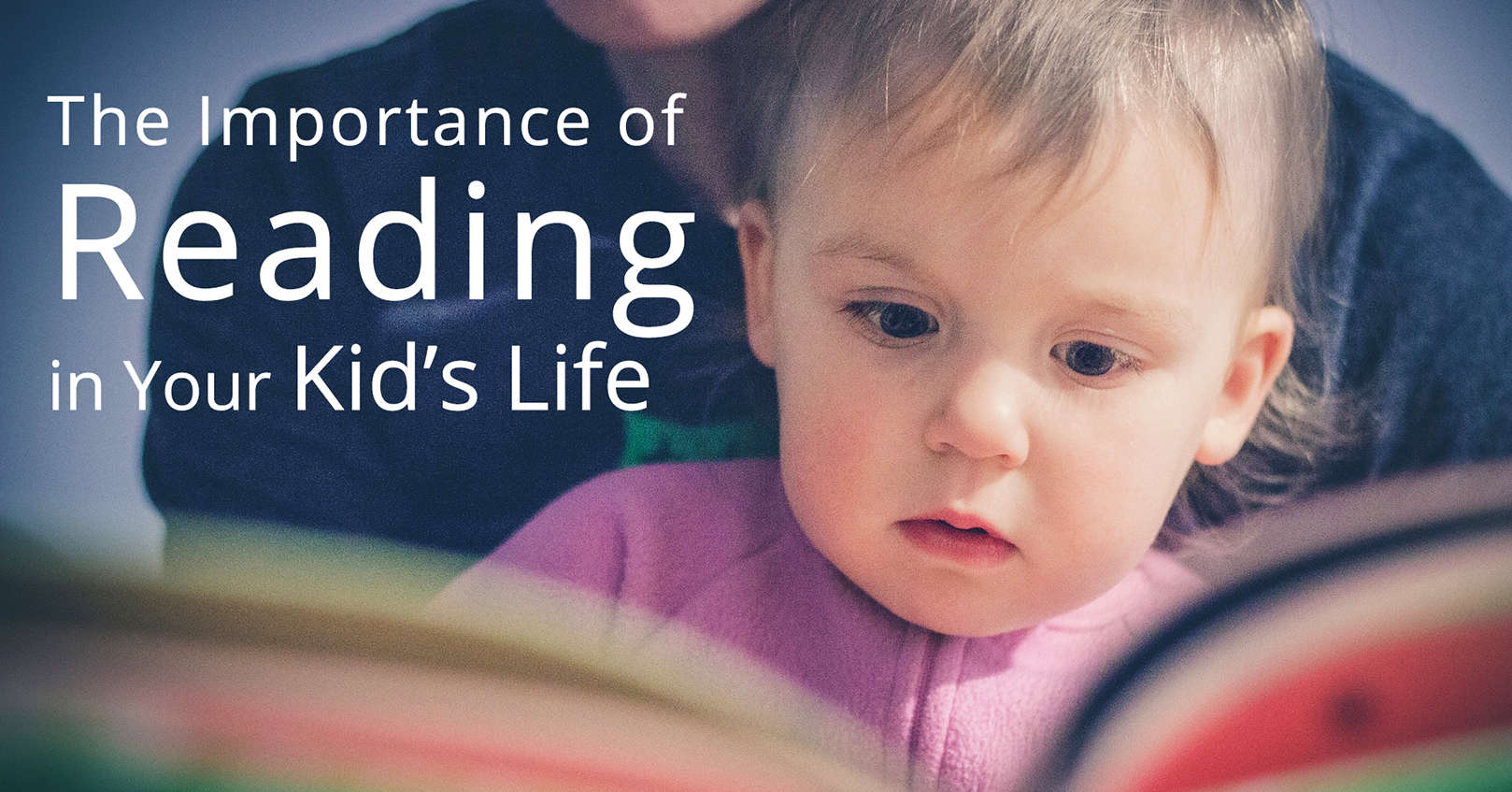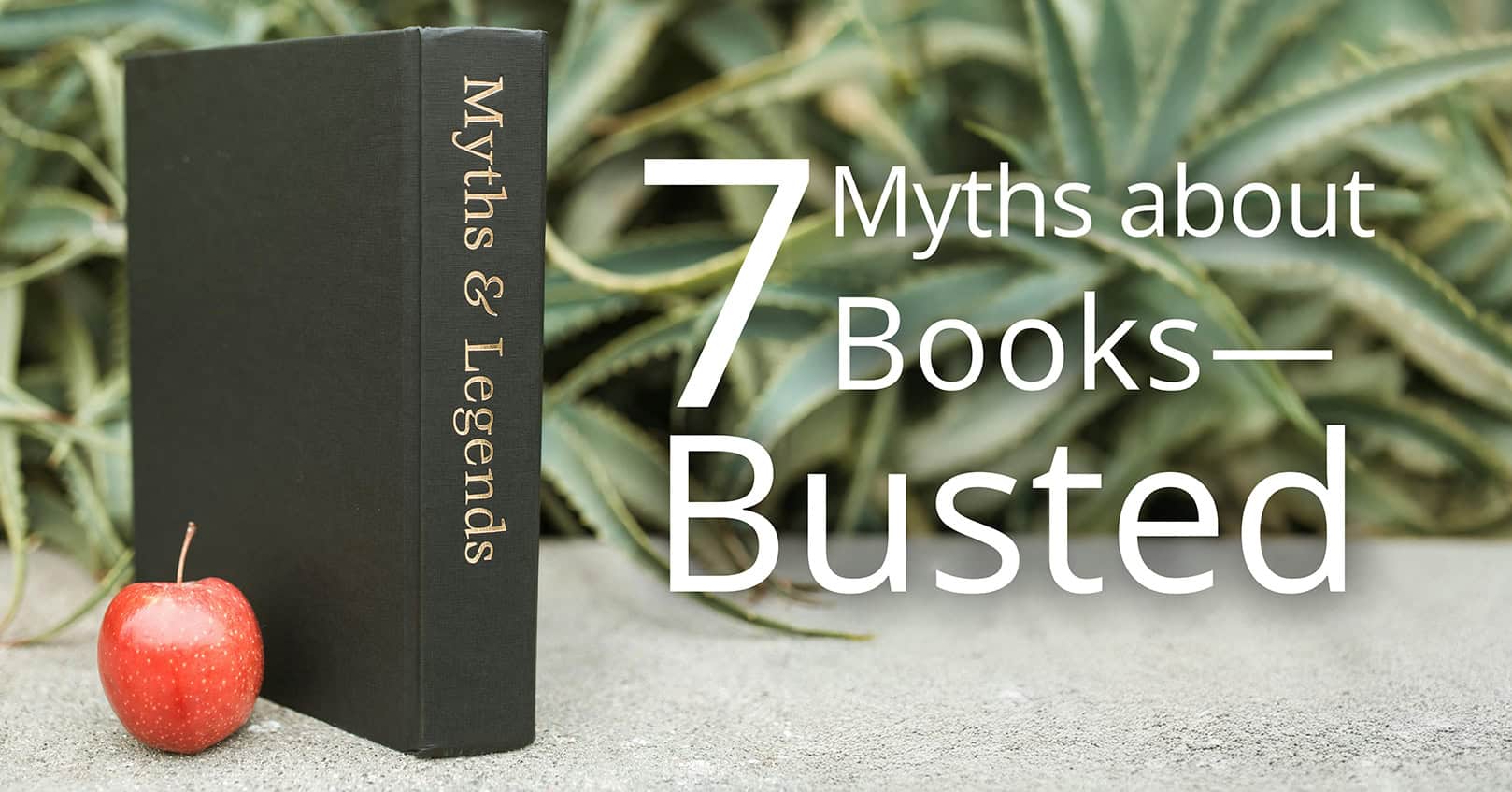
Authors often use real-life experiences as inspiration in their novels. So it might not come as a shock that many authors known for creepier works have had similar creepy experiences. However, there are many authors whose works wouldn’t make you any the wiser to some of their stranger life experiences. Below are several spooky and creepy author facts from real life that you may not have known about.
Cool and Creepy Author Facts
1. The Smell of Rot Helps Me Write. Friedrich von Schiller, a famous German poet, kept rotten apples in his desk. He claimed that he needed the scent of their decay to help him write.
2. Can’t Write if I’m Dead. Noel Coward, English playwright, composer and director, and more, claimed he began every day by checking the obituary column in The Times; if he wasn’t listed there, he could get down to work.
3. Acting to the Grave. Jean-Baptiste Poquelin, known by his stage name Molière, died after collapsing on stage while acting in one of his own plays—ironically, he was playing the role of the hypochondriac.
4. Chasing the Neighbors with an Axe. J. R. R. Tolkien was known to dress up as an axe-wielding Anglo-Saxon warrior and chase his astonished neighbor down the street. He was great friends with C.S. Lewis who had a similar sense of humor.
5. Making Love on Her Mother’s Grave. Allegedly, Mary Shelley, author of Frankenstein lost her virginity to her future husband Percy Shelley on her own mother’s grave. Young Mary is also said to have learned how to spell her name by tracing the letters on her mother’s, also named Mary, headstone.
6. The Man in the Swimming Trunks. Franz Kafka, author of Metamorphosis, would attend nudist camps but refused to drop his trousers; he was known by others as “The Man in the Swimming Trunks.”
7. A Real-Life Ghostbuster. Charles Dickens was an actual, real life ghost hunter, as a member of the Ghost Club, London’s oldest paranormal investigation group. Dickens was also obsessed with and practiced hypnotism, then called mesmerism.
8. Admiring Dead Bodies. No stranger to the strange and creepy, Dickens also enjoyed hanging out at the Paris Morgue. As he put it, “Whenever I am at Paris, I am dragged by invisible force into the Morgue. I never want to go there, but am always pulled there.” His attraction to corpses was so strong that Dickens ended up at the morgue on Christmas and New Year’s Day, ogling bodies that were shot, stabbed, and swollen. When he wasn’t in France, Dickens sometimes hung out with the Thames River police, looking for bodies or chatting about suicide attempts with the toll-taker of the Waterloo Bridge.
9. Eye Told You. After a serious stroke, Jean-Dominique Bauby “dictated” his book, The Diving Bell and the Butterfly, by blinking his left eyelid.
10. Inspired By Visions. Philip K. Dick was recuperating from wisdom tooth surgery and expecting a delivery of pain meds. When the courier showed up, Dick noticed she was wearing an ichthys necklace. Suddenly, the pendant blasted Dick with a pink laser, filling his mind with an alien presence. This foreign entity shared ancient wisdom with the sci-fi writer, often in ancient languages. The incident motivated him to write his VALIS trilogy and an 8,000-page journal called The Exegesis. In reality, Dick probably suffered an epileptic seizure.
11. Stabbed his Second Wife as an “Artistic Experiment.” Norman Mailer, who once bit Rip Torn’s ear, and was known for getting in fights and helping murderer-author Jack Abbott get out of prison, famously claiming that “Culture is worth a little risk” when Abbott killed again, is also known for nearly stabbing his second wife to death after she criticized him for fighting guests. During his trial, Mailer called the stabbing some sort of artistic experiment. Mailer’s sentence was suspended and he went on to write many a book and punch many a face.
12. In Love With Real-Life Child, Alice. Carroll, famous for writing Alice in Wonderland, fell in love with his friend’s daughter Alice from the tender age of 3, proposing to her when she was 11. After the proposal he was no longer allowed to see the girl, but was granted permission to give Alice a copy of the manuscript that would become Alice’s Adventures in Wonderland as a Christmas present. Though no physical abuse was ever reported, Carroll was questioned by friends about a large number of photographs of naked young girls in his private collection. He was also famously uncomfortable around adults, preferring the company of small children and girls in particular. He remained a bachelor for life.
13. When Fictional Murders Mirror Real Life. Agatha Christie inadvertently solved real murders via her novel, The Pale Horse. The poison the murderer uses, thallium sulfate, caused difficulty breathing, slurred speech, fainting spells, and hair loss before killing the victims. Several readers of the novel noticed the same side affects of the poison in real life and were able to save several people including a reader’s friend whose husband was slowly murdering her and a sick infant. Most famously, in 1971, people in the town of Bovingdon were dropping left and right with a mysterious illness. However, when a doctor finished reading The Pale Horse, he realized the “Bovingdon bug” was no illness. Thanks to Christie’s expert advice, the doctor realized there was a serial killer on the loose and police soon arrested the notorious Graham Frederick Young.
14. Ghosts, Fairies, and Magic. Oh, My! It’s hard to believe that the author of one of the most logic-base character, Sherlock Holmes, was a believer of the mystical and fanciful. Dolye was a member of the Ghost Club, and publicly insisted that fairies and ghosts were real. He desperately tried to speak with the dead after his son was killed in World War I. Dolye was great friends with Harry Houdini, who attended seances with him in an attempt to expose fraudulent psychics. However, Houdini’s attempts to convince Dolye of the falsity of the claims backfired and further cemented Doyle’s belief in Houdini’s own magical powers.
15. The Demon Bowler. Virginia Woolf was a keen cricketer and was known by her family as “The Demon Bowler.”
16. Shot His Common-Law Wife. One of the tragic author facts, William S. Burroughs, author of Naked Lunch, accidentally shot his common-law wife, Joan Vollmer, in the head while playing a drunken game of William Tell. He was aiming to shoot a glass off of Vollmer’s head, but his aim was too low. She died almost instantly. Burroughs was living in Mexico at the time, so he skipped town back to the United States and never served his full sentence for homicide.
17. Loves Writing for Children, But Hates Kids. Enid Blyton was a highly commercial and much-loved children’s author of the 20th century. This is notwithstanding Blyton’s distaste for real-life children and her cruelty toward her own kids. Neighbors who lived near Blyton’s Beaconsfield cottage reported that she would scream at the local children for playing too noisily and that she obviously disliked one daughter over the other. Her youngest daughter Imogen recounted the story of how she and her sister were forced to stay in a room in their home with the door open enough so that they could watch their mother hold a tea party for some of her child fans, but that they themselves were banned from joining in.
18. Butterfly “Genitalia Cabinet.” Vladimir Nabokov, author of Lolita, had a “genitalia cabinet” in which he kept his collection of male blue butterfly genitalia. It’s now housed at Harvard.
19. Married his Thirteen-Year-Old Cousin. Edgar Allan Poe at age 26 married his thirteen-year-old cousin, Virginia Eliza Clemm, who died 11-years later at the age of twenty-four. Although she was young, they were happily married and her sudden death affected him for the rest of his life. Clemm had been suffering from tuberculosis for five years, which made her bleed in her lungs and out of her mouth. The abundance of dead and undead women in his writing, in poems such as Annabel Lee, are seen as signs of his continued despair at the loss of his wife. The presence of blood and bleeding bodies is also a key repeating motif in Poe’s writing after Clemm’s illness, particularly in The Masque of the Red Death.
20. Close Call with the Firing Squad. In 1849, Fyodor Dostoevsky, author of Crime and Punishment, was sentenced to death by firing squad. At the very last minute, the sentence was commuted to four years’ hard labor.
21. Expert Bullfighter Until the Day he Died. Ernest Hemingway was an expert bullfighter, and bullfighting appeared in a number of his fictional works, such as The Sun Also Rises. Hemingway committed suicide in 1961, and while searching his home, two bullfighting tickets were found for a bullfight in Pamplona.
22. Repressed & Reclusive Drug Addict. Elizabeth Barrett Browning, a popular poet and political writer in Victorian England, faced a number of struggles throughout her life, including a controlling father who forbade her to get married, a lung condition, and a spinal injury that she received at age 15 when putting a saddle on a horse. This injury provided Browning with a steady supply of opium, which she referred to as her “elixir.” She said that it made her feel more relaxed and helped her write, and she could not live without it.
Browning was only able to quit opium when she and Husband Robert moved to Italy, away from her father and her family home. Given her father’s controlling nature and Elizabeth’s ability to recover from her physical ailments once away from his influence, it is now rumored that Browning acquired an opium addiction in response to depression that she felt while stuck at home.
23. Dressed Up as His Dead Brother. J.M. Barrie, author of Peter Pan, had an older brother who fell through the ice and died when Barrie was six. To cheer up his distraught mother, Barrie would dress up in his brother’s clothes and pretend to be his dead brother. This most likely factored into his later creation and idea of a boy who never grew up.
24. She Didn’t Die, she was “Called Back.” Just before she died, Emily Dickinson, famous poet and author of Hope is the Thing with Feathers, wrote one last letter to her cousins. It simply said: “Called Back.” These words have also been added to her headstone.
25. Put Out Her Brother Who Was On Fire. Emily Brontë, author of Wuthering Heights, once had to put out her brother, Branwell, when he set fire to his bedclothes.
26. Inspired by her Dead Siblings. Charlotte Bronte, author of Jane Eyre, outlived all of her siblings, but two of her sisters died at boarding school when she was quite young. Brontë always maintained that the poor conditions and lack of medical attention at the school killed her sisters, as well as damaging her own health. The school in Jane Eyre is based on her own grim experience with boarding school. Another interesting fact, William Makepeace Thackeray was so moved by the novel Jane Eyre that he broke down in tears in front of his butler.
27. Afraid of the Number 13. Both Truman Capote and Stephen King have triskaidekaphobia, fear of the number 13. Truman Capote wouldn’t begin or end a piece of work on a Friday, and would change hotel rooms if its phone number involved the number 13. King has similar habits, as he puts it, “When I’m writing, I’ll never stop work if the page number is 13 or a multiple of 13; I’ll just keep on typing till I get to a safe number.”
King’s fear also manifests in other ways. For example, he has to take the last two steps of a 13-step staircase in one stride, and he also refuses to finish reading if he lands on pages 94, 193, 382, and so on, because the individual digits within these numbers all add up to 13. King is especially frightened of years in which Friday the 13th occurs three times. In one of these years, 1984, King stated that he was particularly fearful because he had been married for 13 years, had a 13-year-old daughter, and had published 13 books to date.
28. “Does Nobody Understand?” James Joyce’s last words were reportedly ‘Does nobody understand?’ Joyce is known authoring books such as Ulysses and The Dead.
29. A Suicide Where Another Writer Lived. Sylvia Plath, known for writing The Bell Jar, committed suicide in the same apartment in which poet W.B. Yeats had once lived.
30. Murdered her Friend’s Mother. Anne Perry, a successful murder mystery author, was convicted of murdering her best friend’s mom when she was 15-years-old. Their joint murder was adapted into the film Heavenly Creatures. Perry was so young at the time that she only had to serve five years in prison, and during that time she came to deeply regret her actions.
31. Monstrous Relatives. Maurice Sendak based the monsters in Where the Wild Things Are on his Polish relatives who lived with him after escaping the Holocaust.
32. An Incorrect Tombstone. For 164 years, Anne Brontë’s gravestone gave her age at the time of her death as 28; she was actually 29.
33. Drank his own Urine. J.D. Salinger, author of Catcher in the Rye, was famously reclusive, but he was also pretty creepy. According to his daughter, Margaret Salinger, her father allegedly engaged in the practices of drinking his own urine and speaking in tongues. She also claims he refused to allow Margaret’s mother to visit family or relatives, and she eventually divorced him.
34. Always Carried a Coil of Rope, Just in Case. Hans Christian Andersen, a writer of several popular fairy tales, always carried a coil of rope with him when staying in hotels just in case he needed to escape from a fire.
35. A small funeral. Only ten people attended D. H. Lawrence’s funeral, author of Lady Chatterley’s Lover. One of the mourners was Aldous Huxley, author of Brave New World.
36. Salem Witch Trial Connections. Nathaniel Hawthorne’s great-great-great-grandfather, Major William Hathorne, viciously persecuted Quakers during the seventeenth century, and his great-great-grandfather, Justice John Hathorne, was a judge at the Salem witch trials. John Hathorne was the only judge involved in the Salem witch trials who never repented of his actions.
Sources used in this article to gather information are:
https://interestingliterature.com/2015/09/17/100-interesting-facts-about-famous-authors/
https://listverse.com/2014/07/07/10-shocking-sides-of-famous-authors/
Tell Us What You Think
Which facts do you find the most fascinating?
Or have we missed any cool, spooky, or creepy author facts? If so, let us know in the comments below!
Do you have a blog idea or topic you know our readers would love? Contact sarah@mybookcave.com to learn how you could get your blog featured.

















Hey there! I know this is kinda off topic however I’d figured I’d ask. Would you be interested in exchanging links or maybe guest writing a blog article or vice-versa? My website covers a lot of the same subjects as yours and I feel we could greatly benefit from each other. If you happen to be interested feel free to shoot me an email. I look forward to hearing from you! Awesome blog by the way!|
Hello, I log on to your new stuff daily. Your story-telling style is witty, keep it up!
boooooooooooooo
from book Society
PRETTY STRANGE
I thought this article very interesting and my favourite part is Mary Shelley. That was sick and creepy.
# 18 That is just creepy!!!
These are GREAT! A very interesting list of little known facts. It does help explain a lot of things. Thanks!
I love #4!!
Several of these facts I already knew, but there are a few that are totally new to me. Interesting list.
Totally creepy
Please do not send me any more books that are spooky or creepy.
Number 30 – saw heavenly creatures and now i know who the story was based upon its even more creepy!!